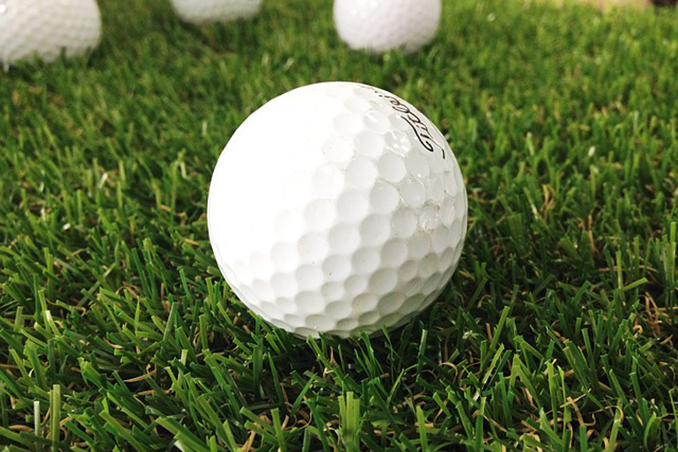
Registration just keeps coming in, haven’t finalized the latest numbers yet but it seems as though we are ready to hit the links.
Nest 610 sent out letters asking Members to support their Nest by sponsoring a hole. The cost is $100.00 per hole and includes a sign and listing on the sponsor board, as well as supporting Nest 610.
Please click here to sponsor a hole. You are able to download the application and send it to Nest 610. I am sure if you don’t have a printer, that a note to them (along with your check) will do the job!
4 Stages in the Evolution of the Golf Ball
Although it is likely that the very first golf balls were nothing more than round rocks or pebbles, there are four distinctly recognizable stages in the evolution of the golf ball…
Wooden Golf Balls
There is no question that the first games of golf, as we know it today, were played using wooden golf balls. Wooden golf balls were the first man-made golf balls, and although information is scant, it would be a pretty safe bet to assume that a wooden golf ball had some rather interesting playing characteristics.
Feathery Golf Balls (Feather-Stuffed, Leather-Covered Golf Balls)
The first “real” golf ball was known as a “feathery” golf ball. Basically, the feathery was a leather sack filled with boiled goose feathers, then stitched up and painted. Feathery golf balls were expensive to make, easily damaged and only the privileged few could afford to use them.
Gutty Golf Balls
It wasn’t until 1848 that Rev. Dr. Robert Adams began creating golf balls out of Gutta Percha “Gutty.” The Gutty golf ball was created from the dried sap of the Sapodilla tree. It had a rubber-like feel and was formed into ball shapes by heating it up and shaping it while hot.
Rubber Core Golf Balls
The advent of the rubber core golf ball changed the face of the game of golf as we knew it. This new design was invented in 1898 by Coburn Haskell in association with the BF Goodrich Company. This new and unique golf ball construction and design featured a solid rubber core, high tension rubber thread wrapped around the core, and a Gutta Percha cover.
Continued Evolution of Golf Ball Design
Today, two-piece solid Syrilin covered balls are more popular with amateur golfers, as they tend to be more durable. Syrilin golf balls are longer and straighter as well. Many pros however, are still devoted to the soft and lively Balata balls, since they can get the distance needed and prefer the added spin for control.
Golf Ball Design and the USGA
The business of golf balls is not open-ended; the characteristics of golf balls are strictly governed by rules. These rules determine such things as:
These and other characteristics make up the framework that today’s golf ball manufacturers work within as they vie technologically against each other.
The expression “a golf ball is a golf ball is a golf ball,” simply does not apply. What appears to be just a small round object is in fact the product of many current leading-edge technologies.
Any questions about golf, please reach out to me.
Czolem!